
Aktualizacja produktu Zerofy na koniec roku 2025 ❄️⚡
Rok szybkich aktualizacji: inteligentniejsze ogrzewanie, głębsze integracje i potężniejszy Autopilot.
Tips and tools for the electrified household.

Rok szybkich aktualizacji: inteligentniejsze ogrzewanie, głębsze integracje i potężniejszy Autopilot.
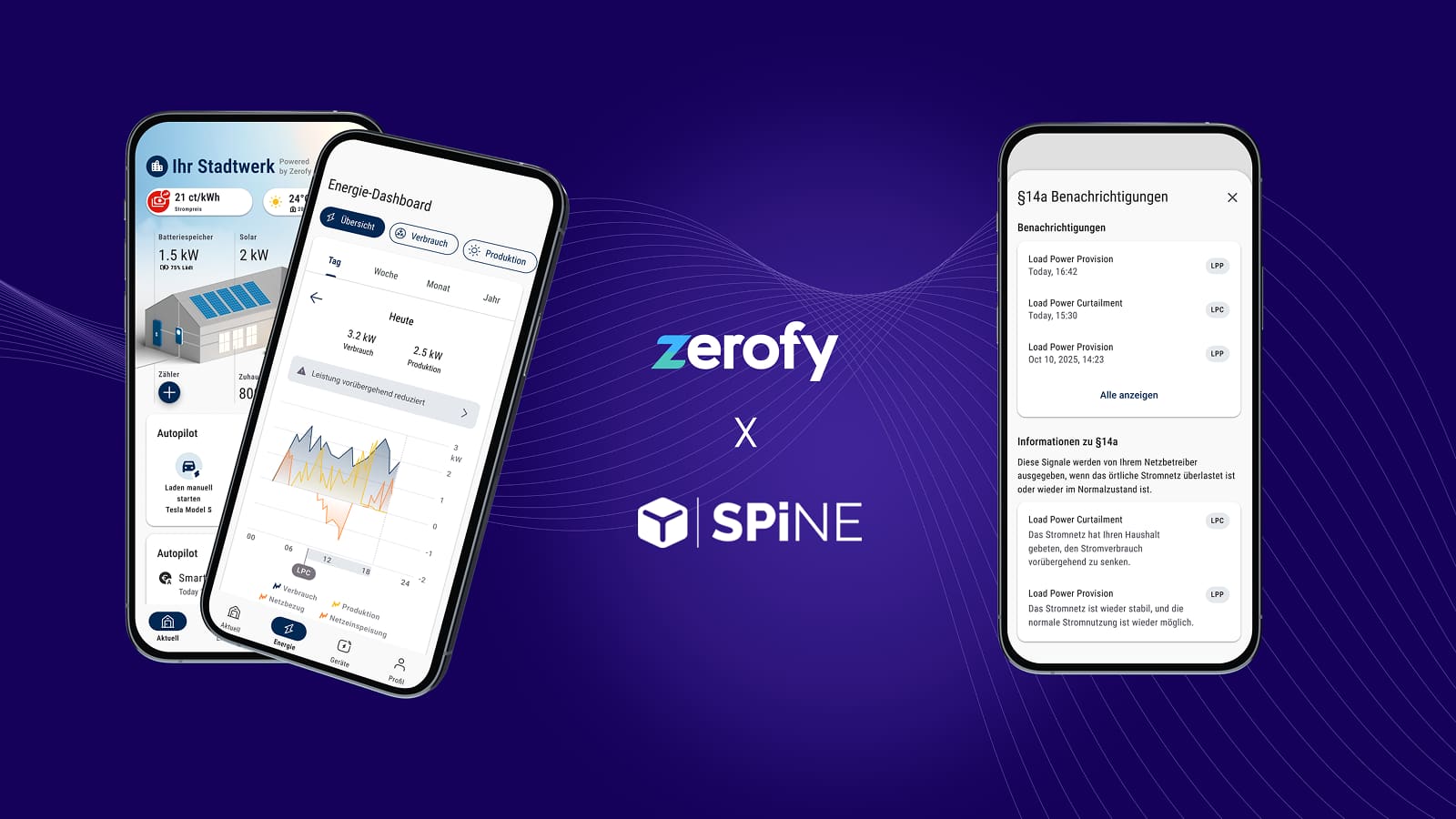
Integrated Zerofy–SPiNE solution for §14a/§9: From grid signal to customer app – ready for immediate pilots.

IOMeter revolutionizes smart meter reading with a wireless system that bridges up to 50 meters, making it perfect for German households with meters in basements or utility rooms.

Explore Zerofy’s Q2 2025 update: expanded PV integrations, enhanced EV charging, smarter optimization, and a streamlined UI.
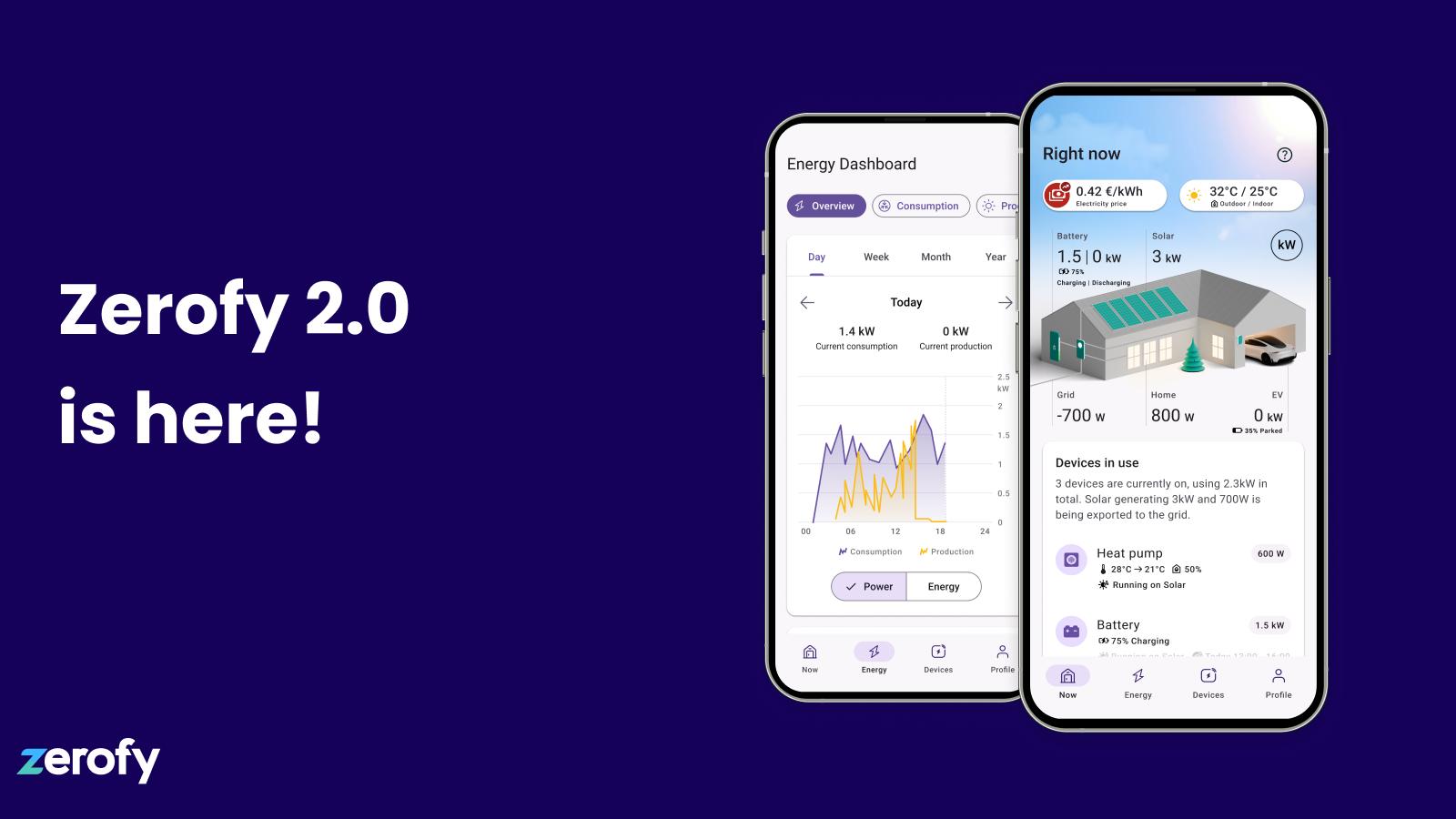
Zerofy 2.0 is here! Discover the new user interface, smart algorithms for optimizing your energy costs, and expanded device integrations.
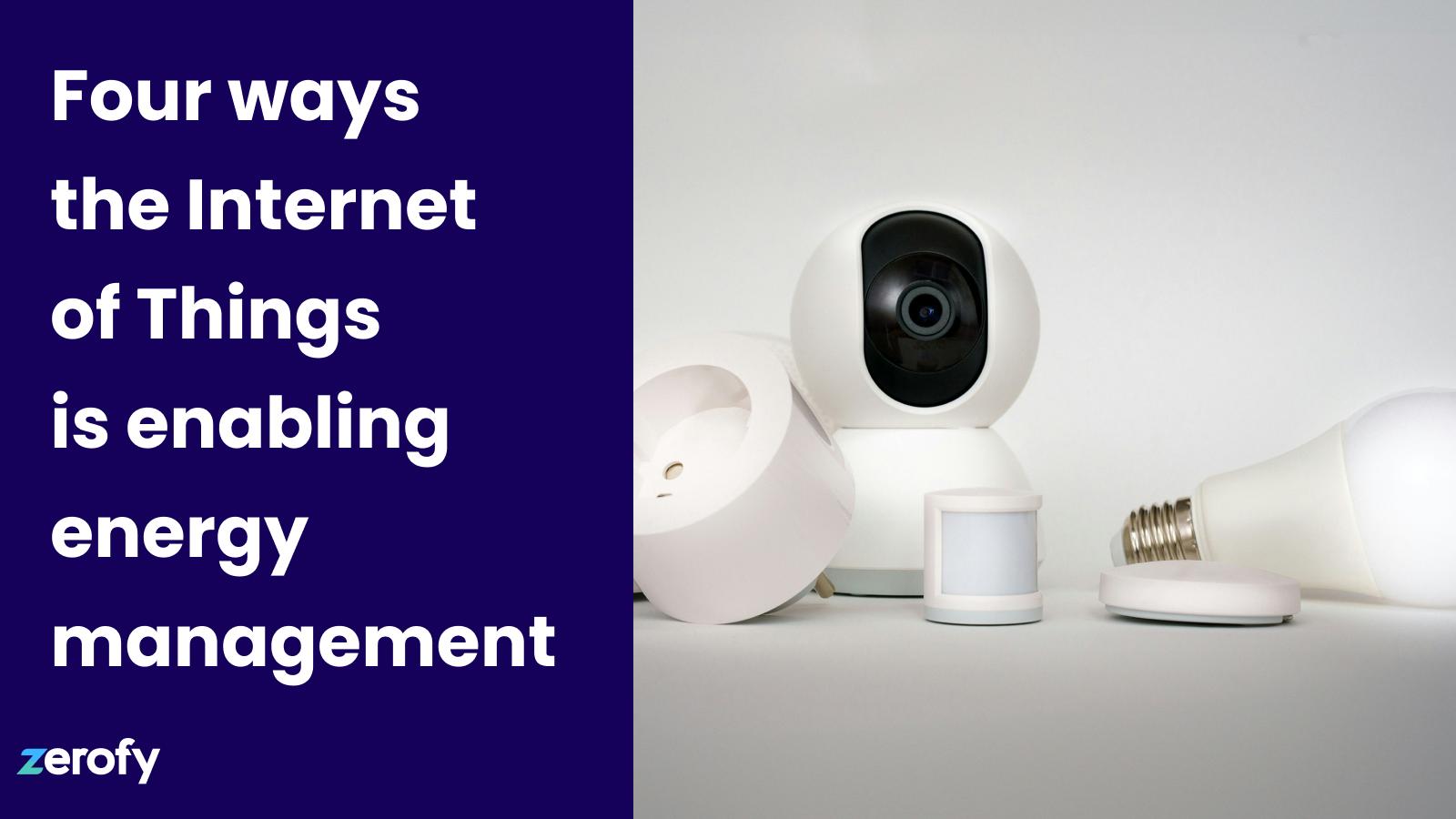
IoT energy systems empower homeowners to save money and reduce emissions with smart technology, real-time insights, and seamless control.
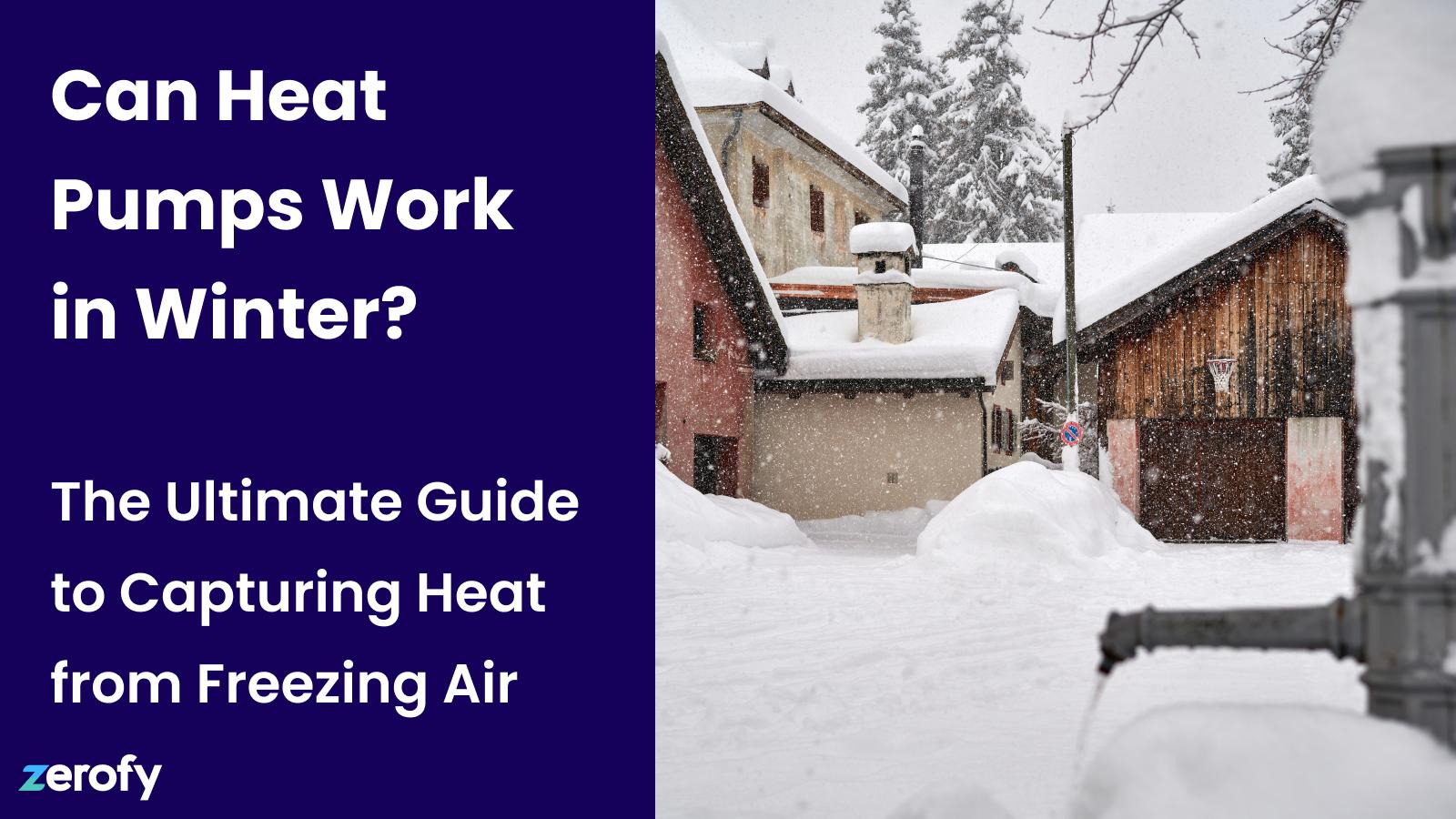
It’s getting colder in the Northern Hemisphere, and winter will be here before you know it. As the temperatures drop, let’s dive into a topic that can be a little tricky to understand: how do heat pumps function when it’s cold outside?

A summary of product updates for the in the summer 2024.
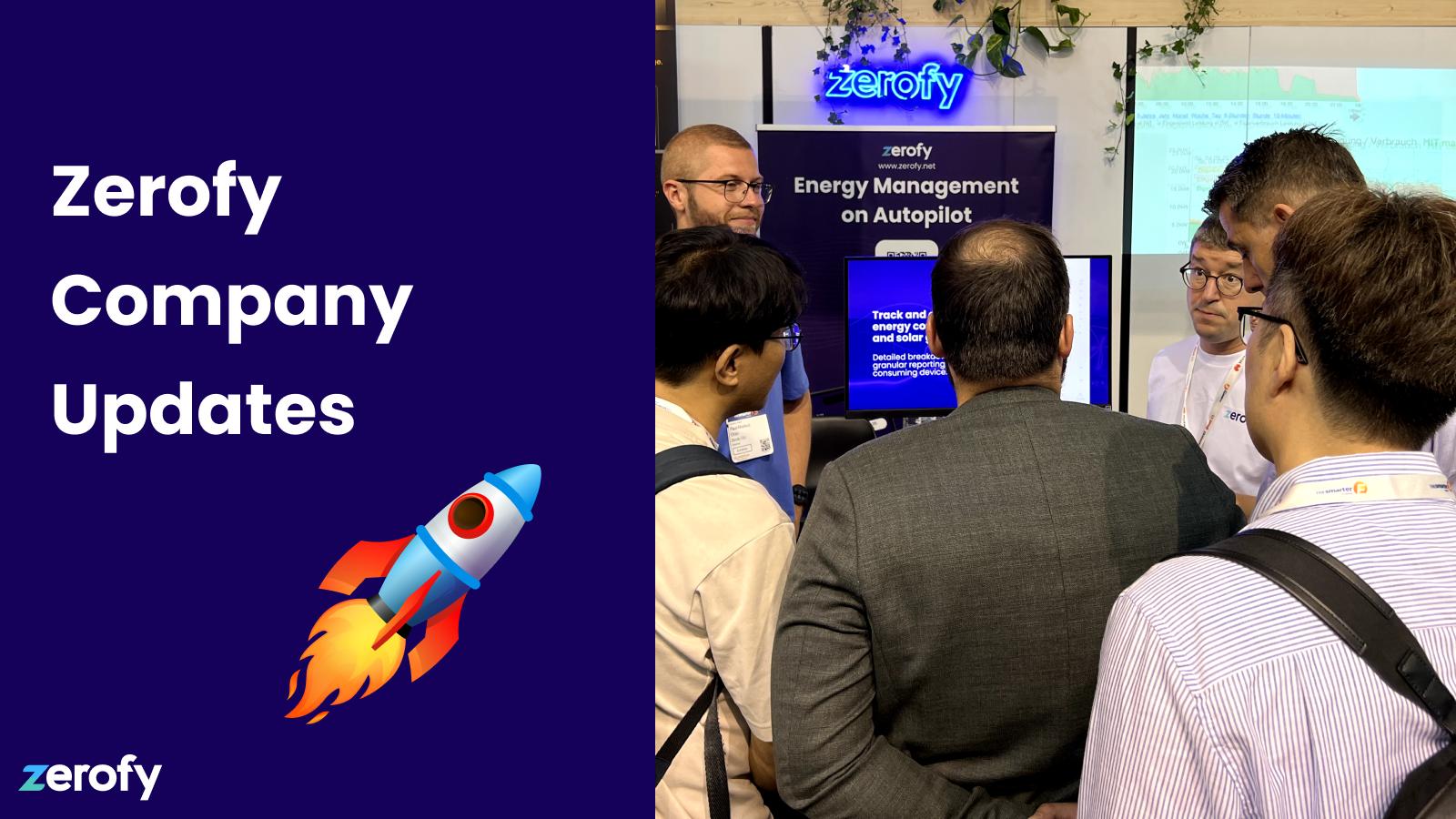
Updates on funding, conferences and more
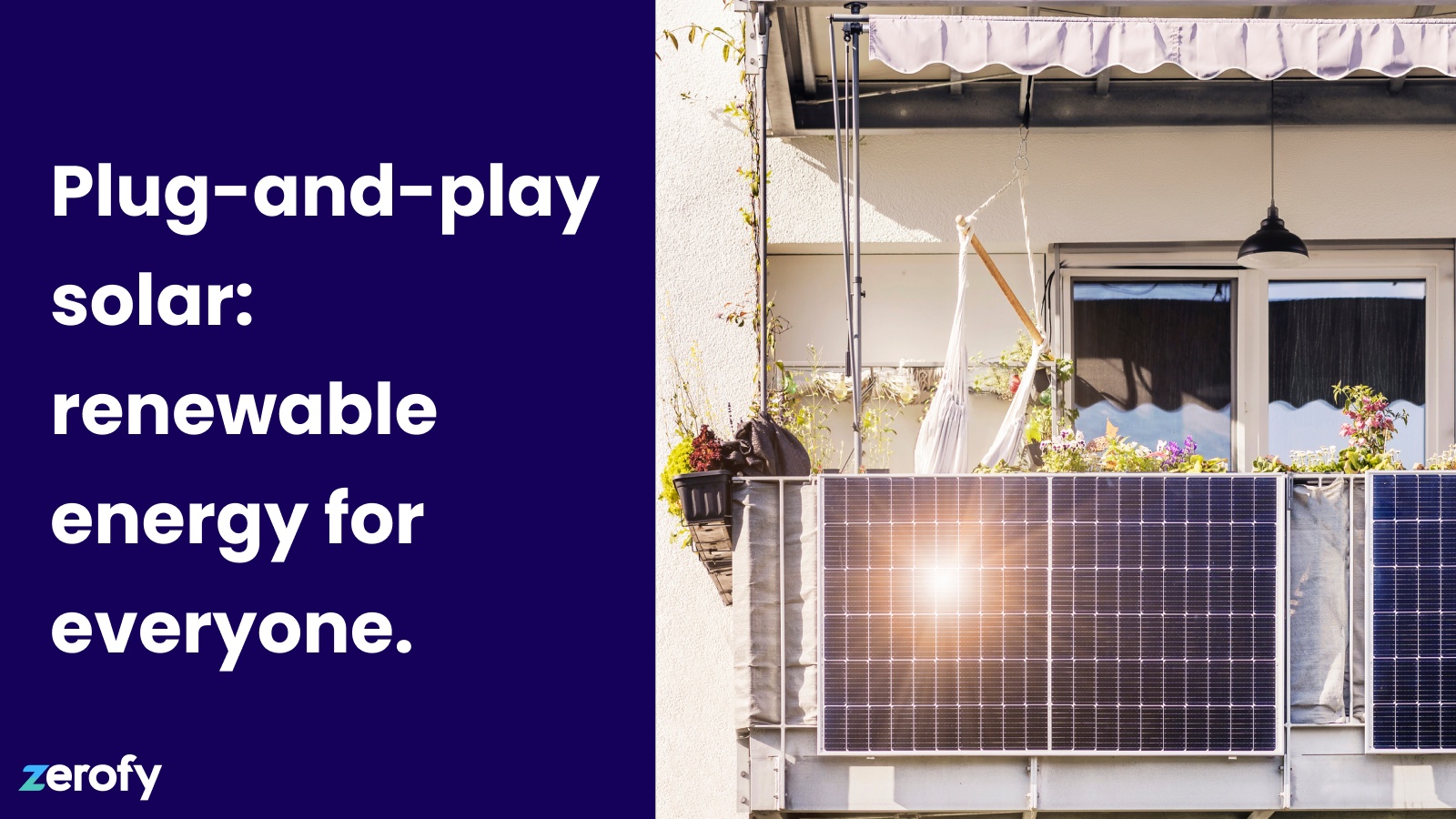
A plug and play solar system allows you to easily and cost-effectively use renewable energy.
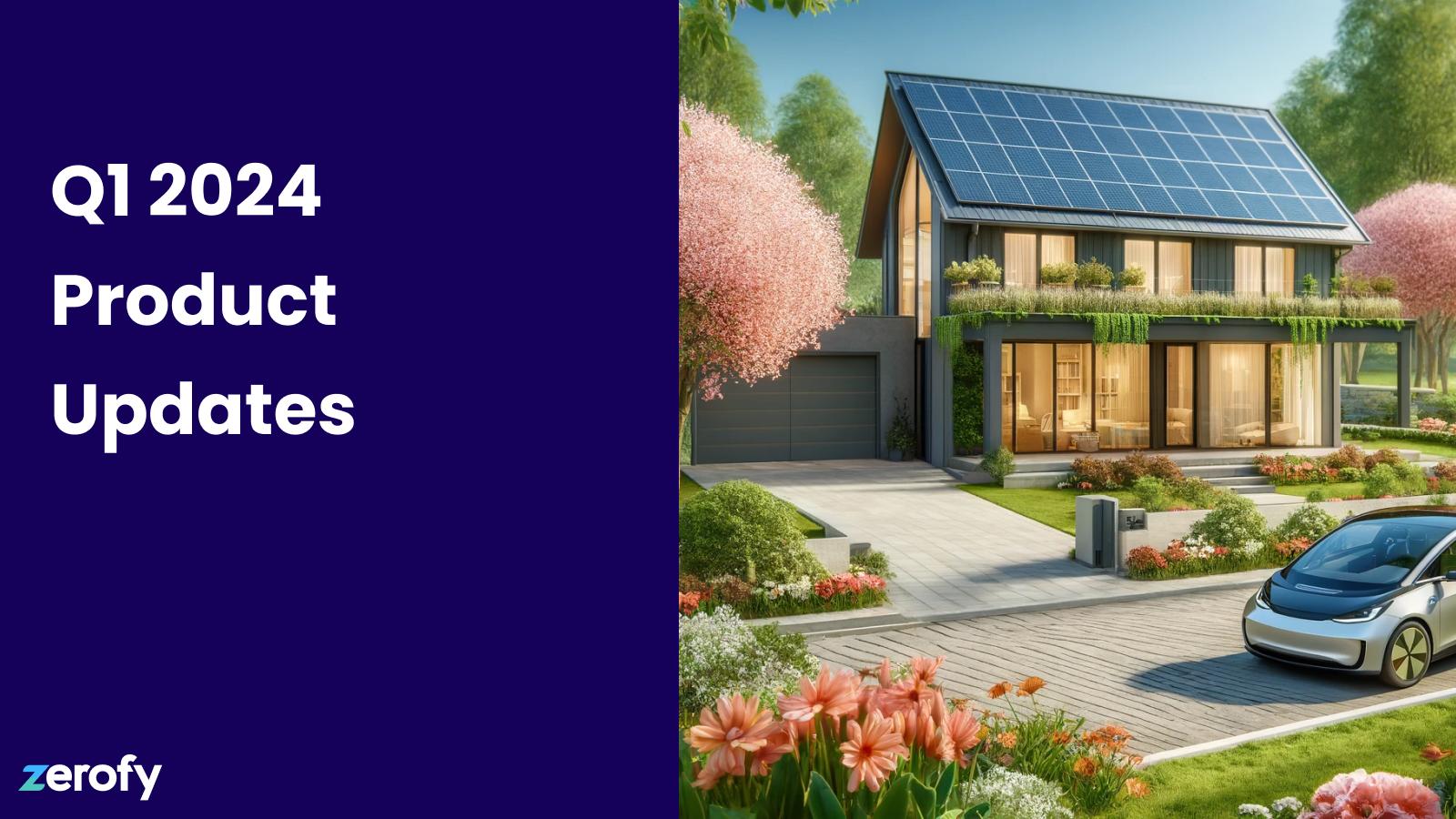
A summary of product updates for the first quarter of the year.
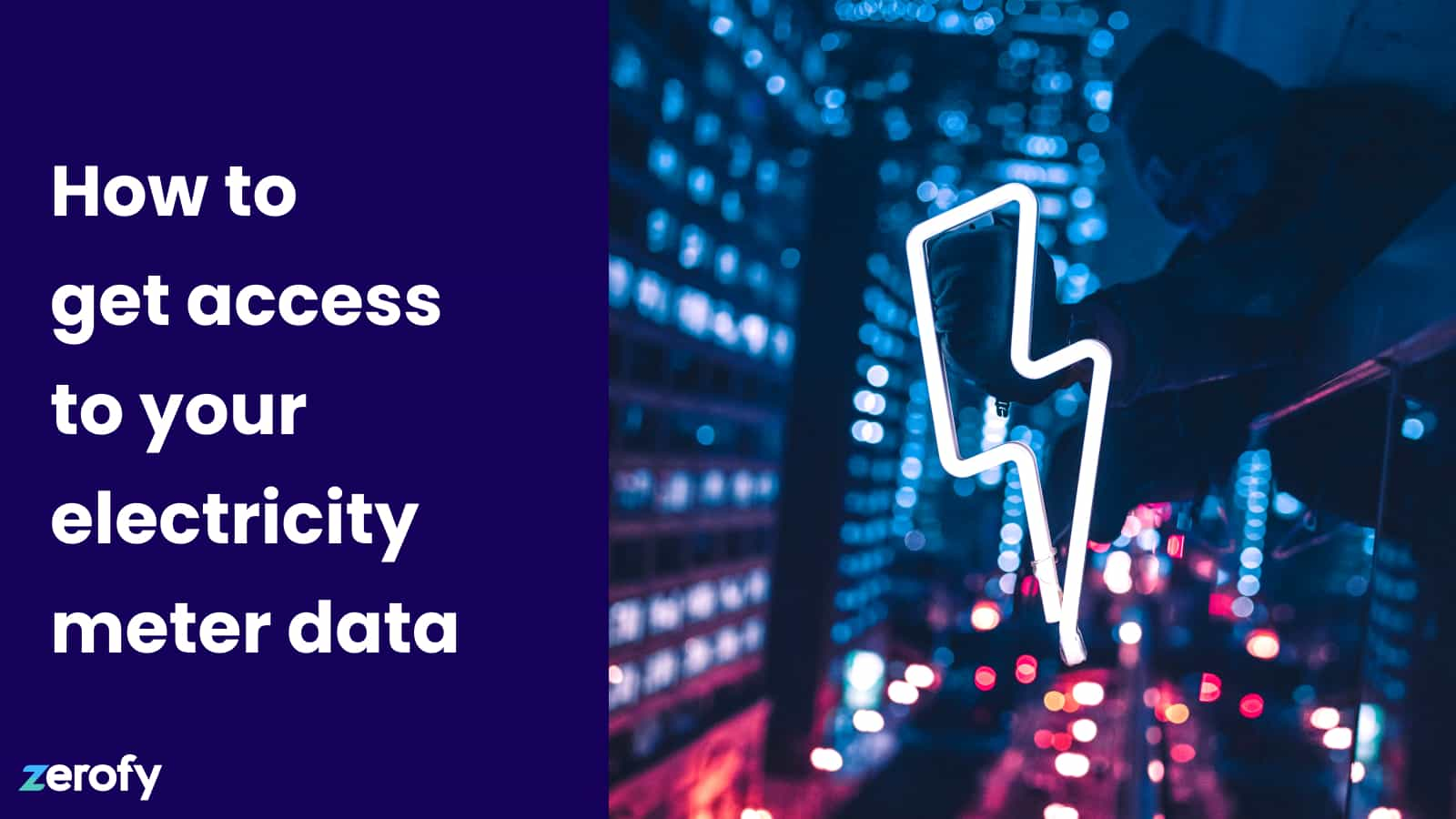
We describe and compare six ways to get access to your smart meter data.

Our latest update extends smart EV charging to 20 new brands, such as Audi, VW, Nissan and BMW, and introduces enhanced charging options.
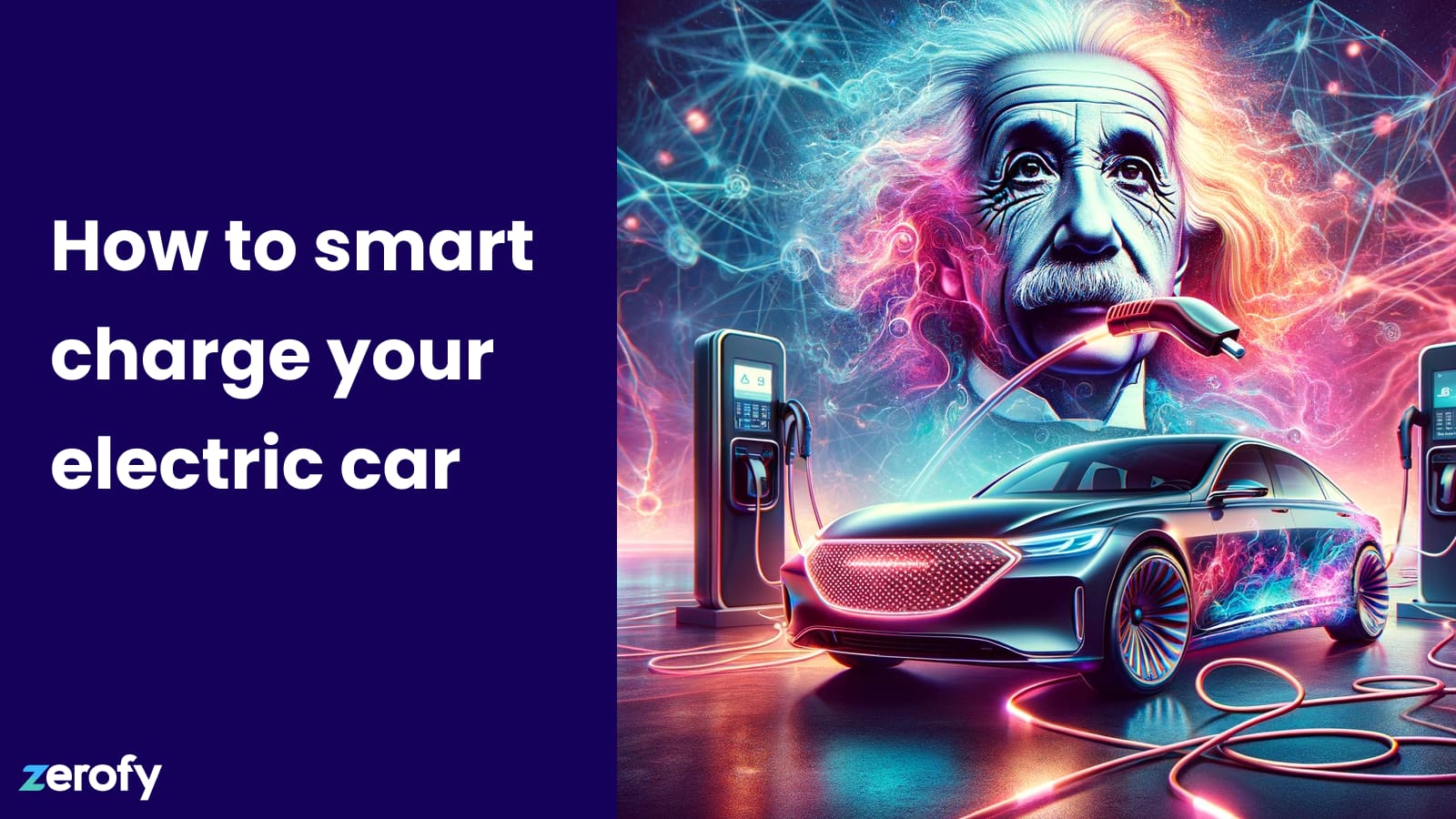
Unlock the potential of smart charging for your electric vehicle with our guide! Learn how to reduce costs, lower emissions, and integrate with renewable energy through practical, easy-to-use strategies tailored for every EV owner.
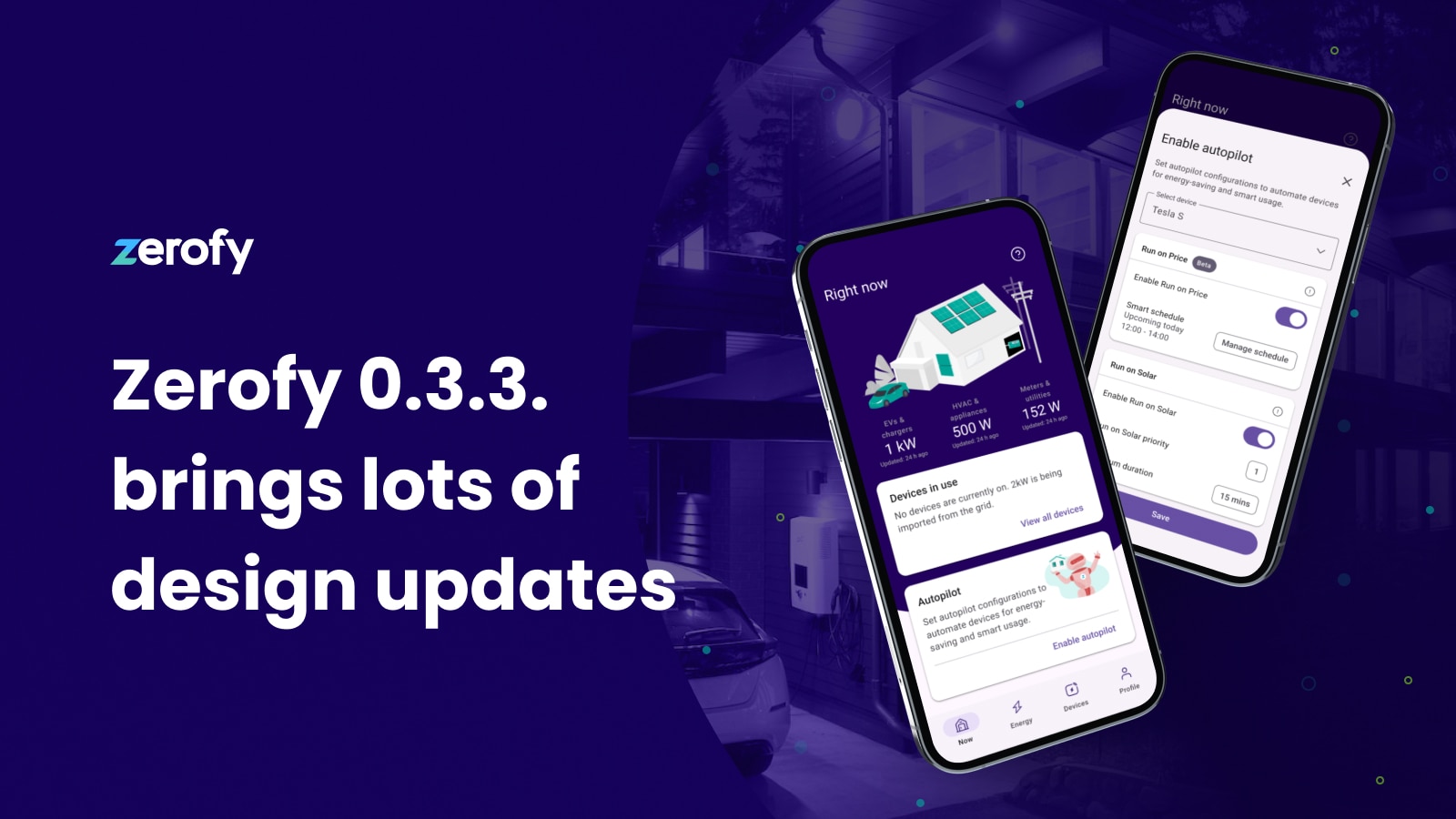
Latest Zerofy update puts Autopilot front and center and brings further user interface improvements.

PV self-build project in an apartment building in Switzerland with the help of an energy transition cooperative. Field report, costs, implementation including billing and energy management.
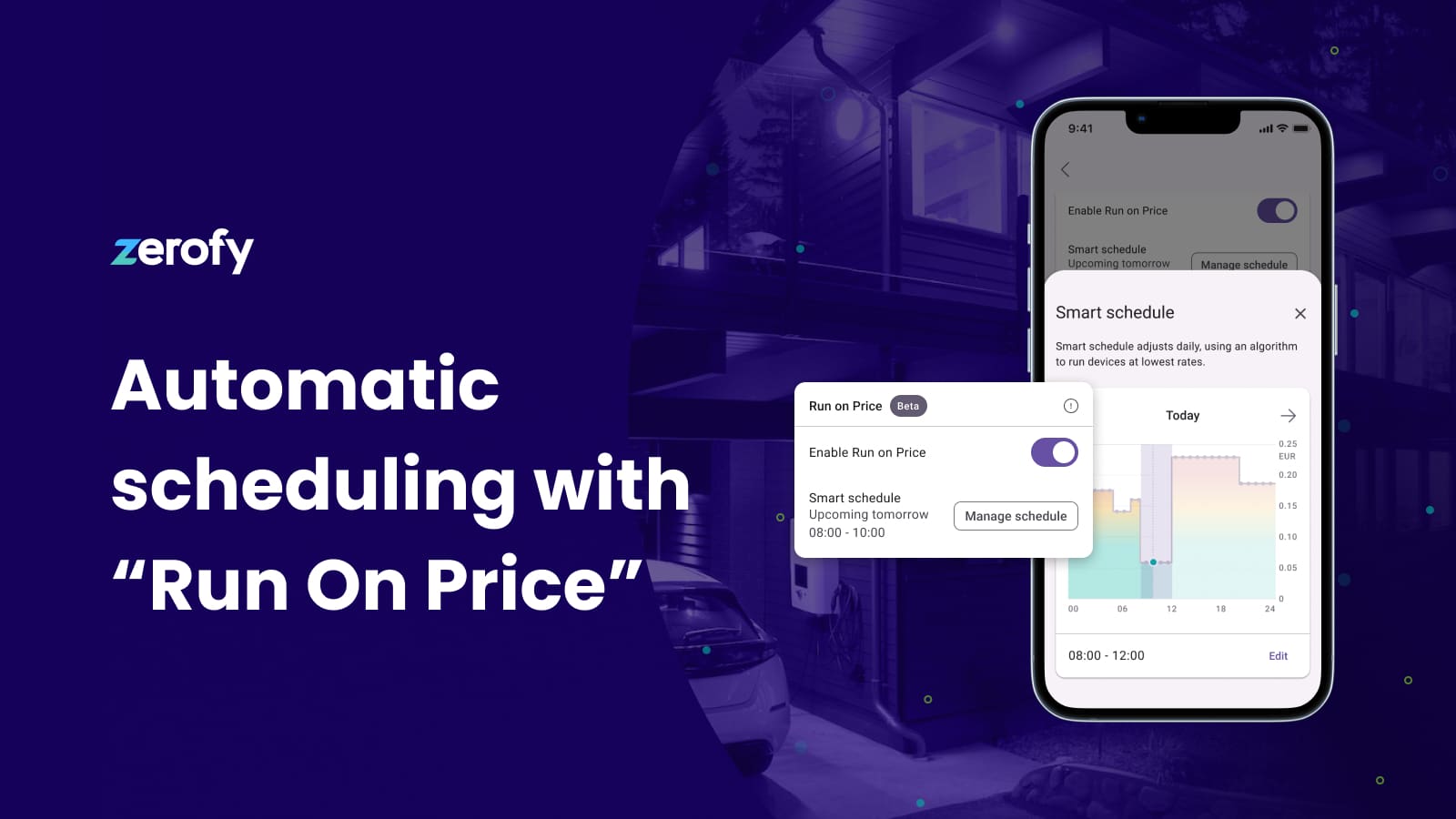
Efficiently manage home energy with Zerofy's Run on Price feature, automating devices during low-cost electricity hours. Ideal for users with dynamic tariffs. Plus Zerofy is now also available for Android!
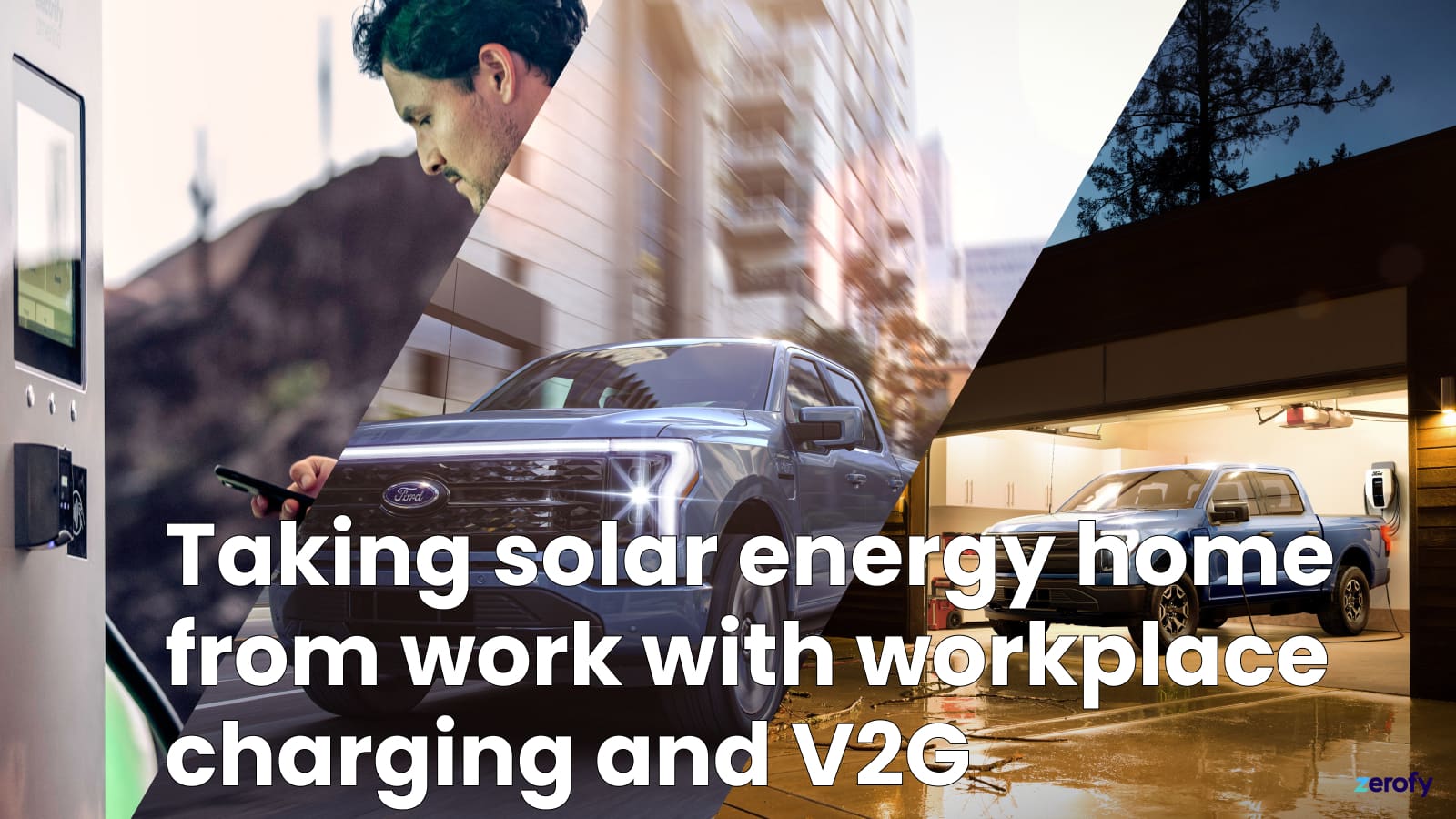
Discover how workplace solar charging of electric vehicles (EVs) can bring sustainable energy home. Learn about Vehicle-to-Grid (V2G) technology, its impact on grid load, battery lifespan, and forming energy communities for a greener future.
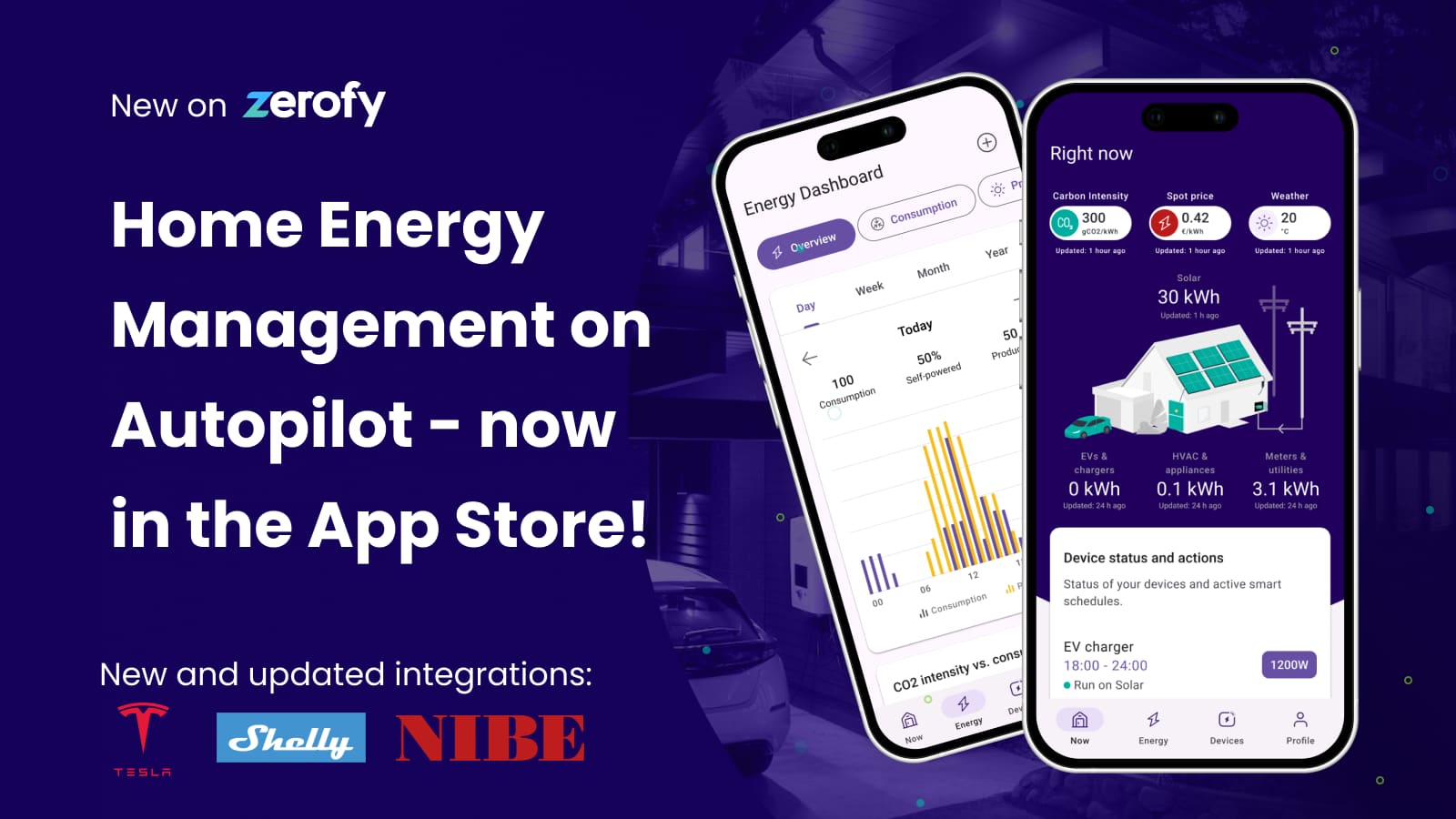
Zerofy is now in the App Store, with UI updates and new integrations including Tesla and Nibe heat pumps.
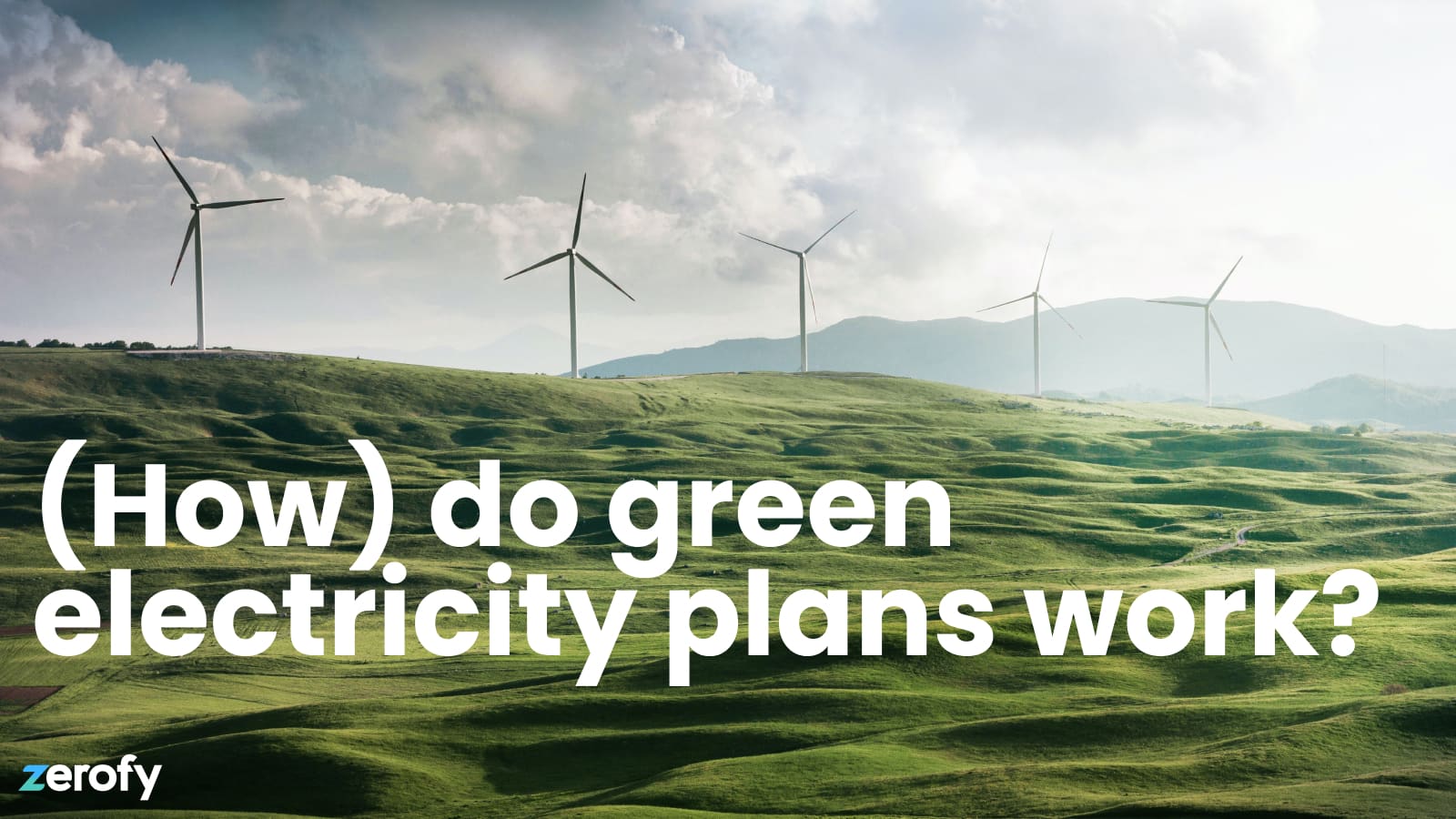
Explore how green electricity plans contribute to carbon reduction and what "24/7 carbon-free" means in the push for cleaner energy.
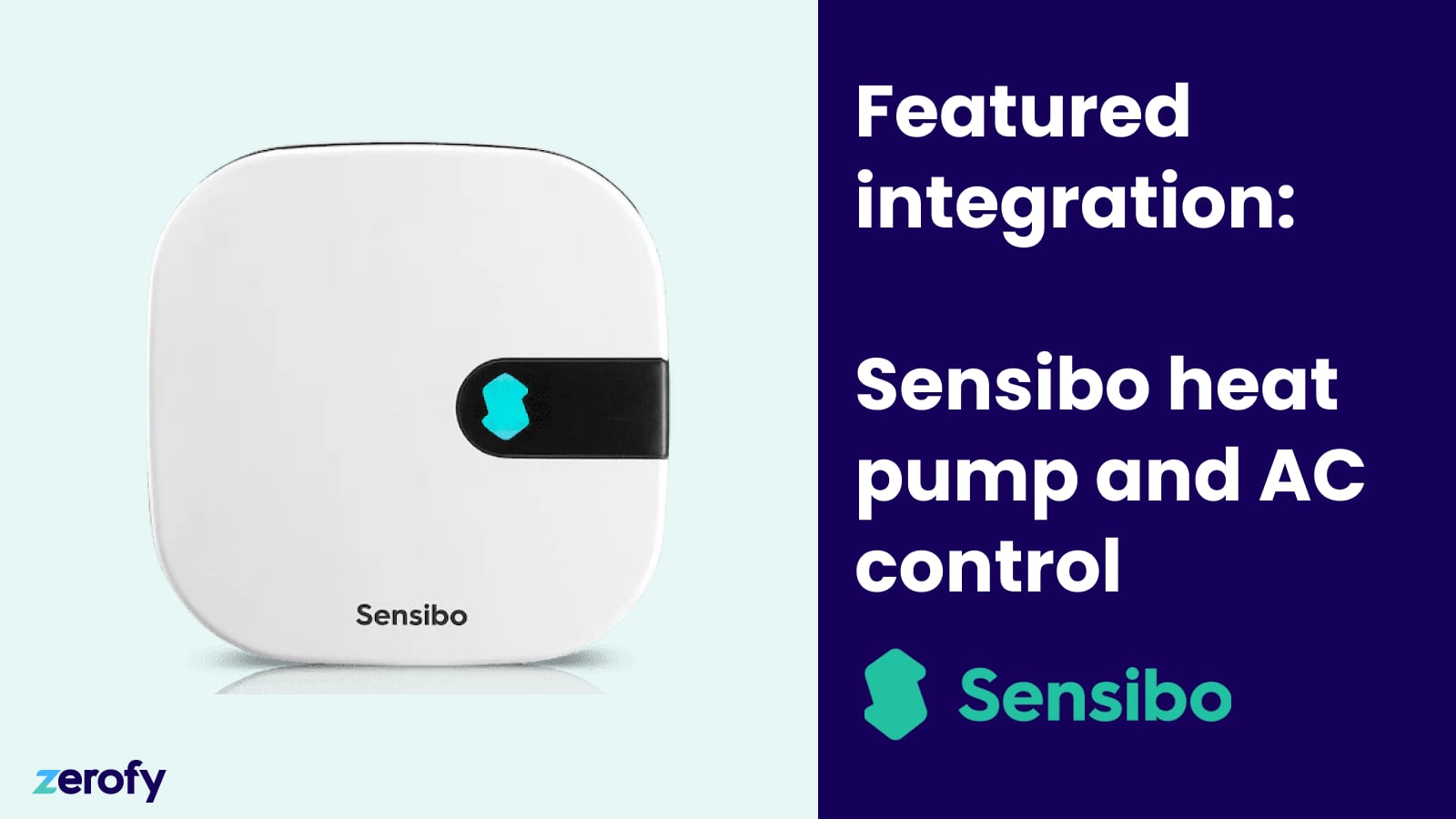
Enhance energy efficiency with Sensibo's integration on Zerofy! Control & automate your AC & heat pumps, optimizing for cost and CO2, directly from one app!
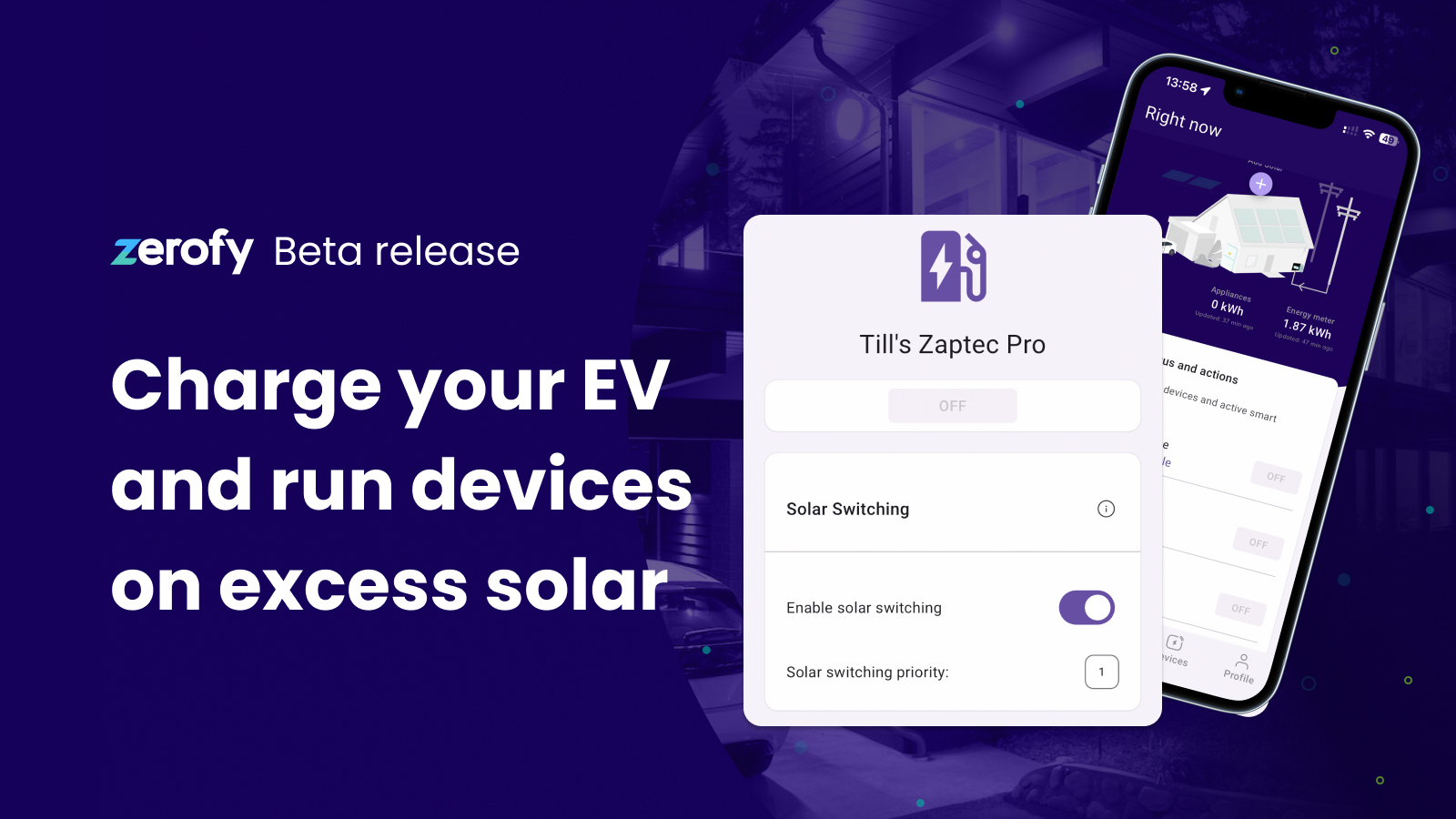
Automatically activate EV charging and other devices during surplus solar production with the latest Zerofy app update.

With our integration you can track energy consumption, program cycle stats, and even manually or automatically control Miele appliances directly from Zerofy.
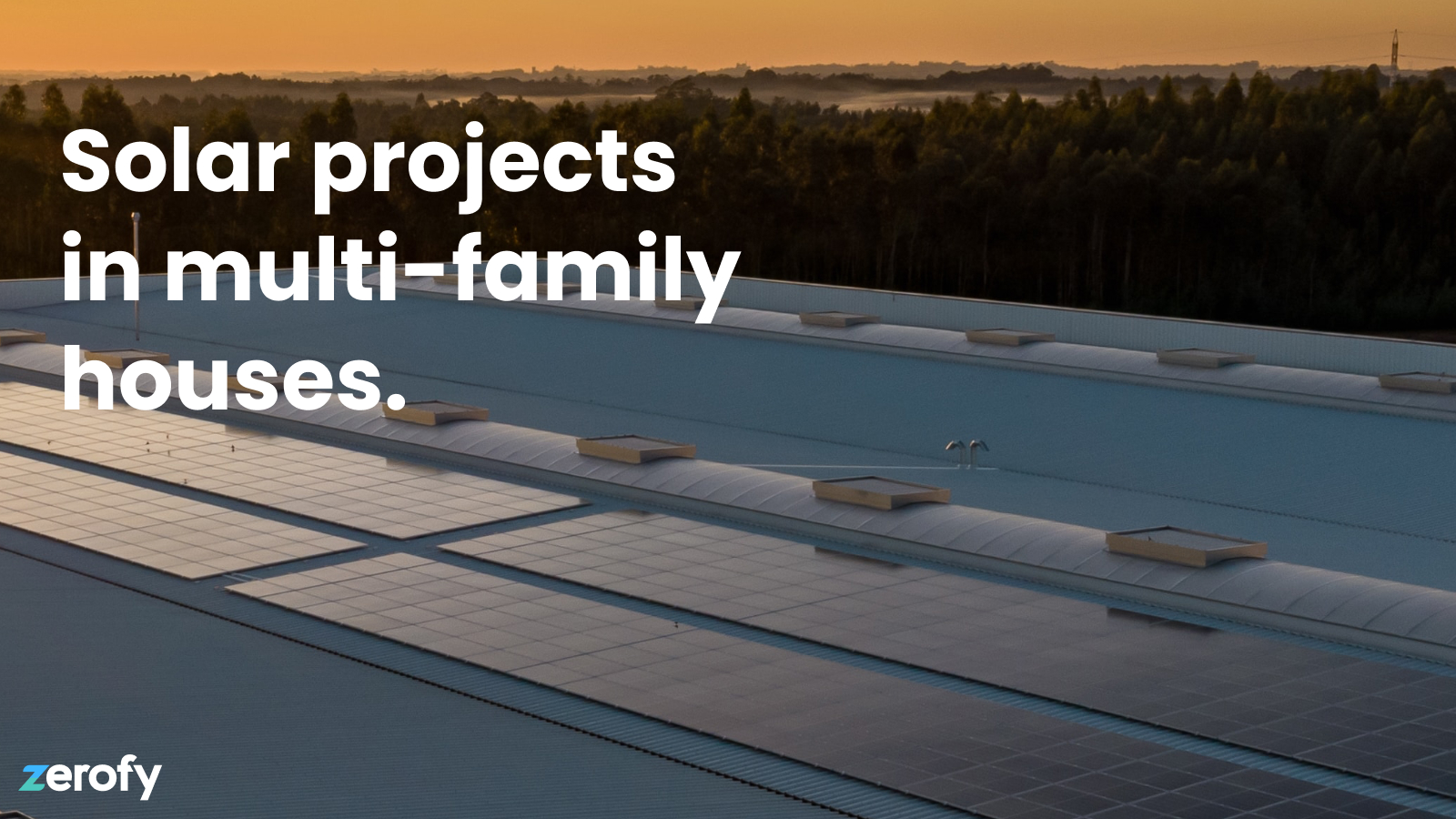
This guide presents an analytical overview of solar installations in multi-family homes. Topics include the selection of cloud-connected charging stations, understanding heat pump controls, nuances of roof installations, and the landscape of Swiss subsidies. Dive deep into choices between major corporations, SMEs, and DIY cooperatives.

Discover the impact of dynamic retail electricity tariffs on solar self-consumption vs. feed-in options. Learn how to optimize energy costs for electrified households given these data.
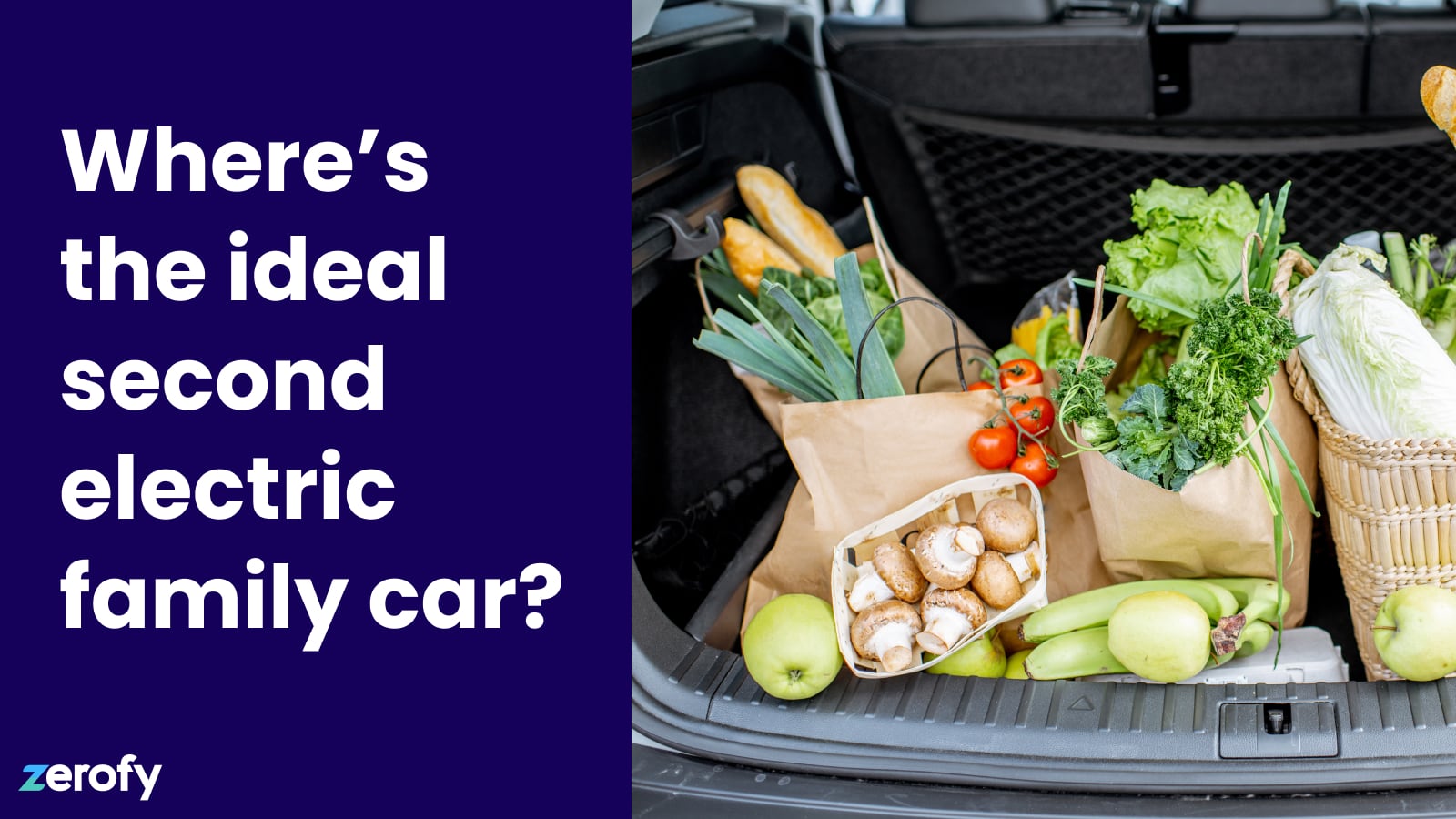
Families looking to acquire a second, smaller EV for short-distance tasks are often met with unexpected challenges. This article discusses these issues, shedding light on the surprising absence of ideal options in the current market.